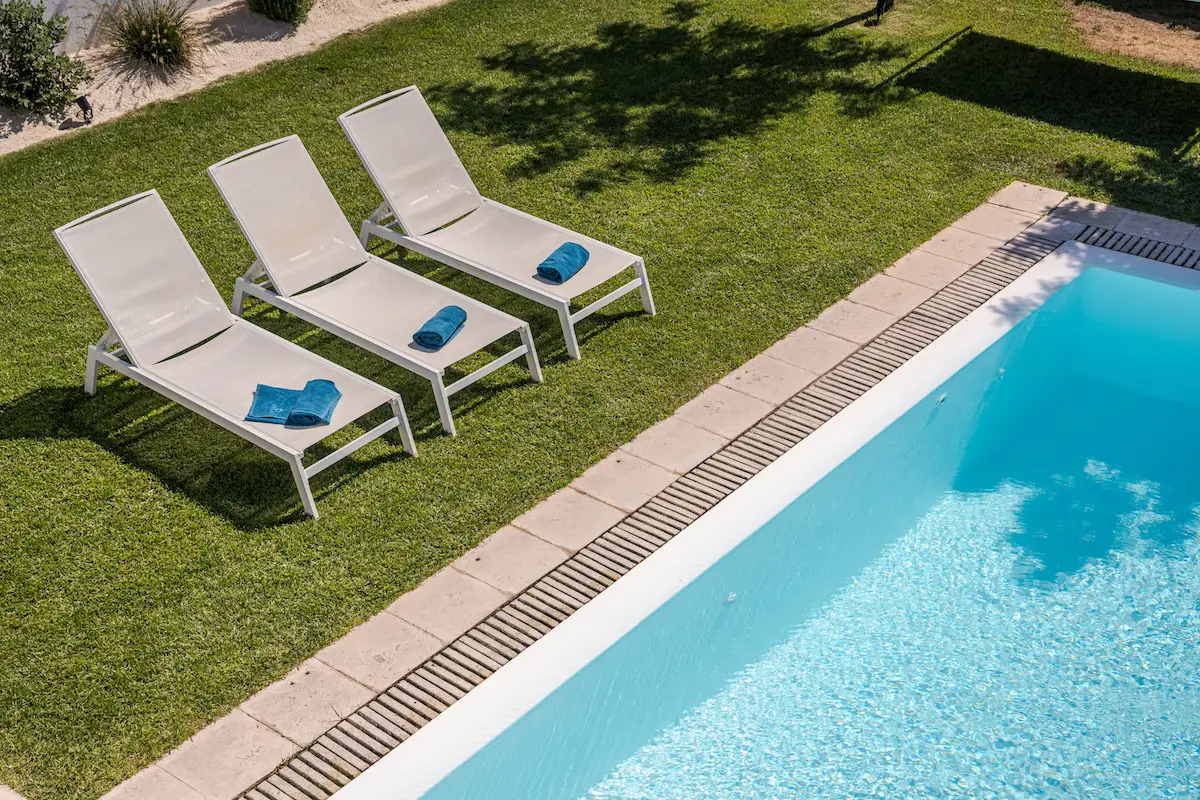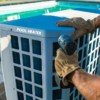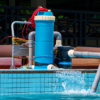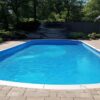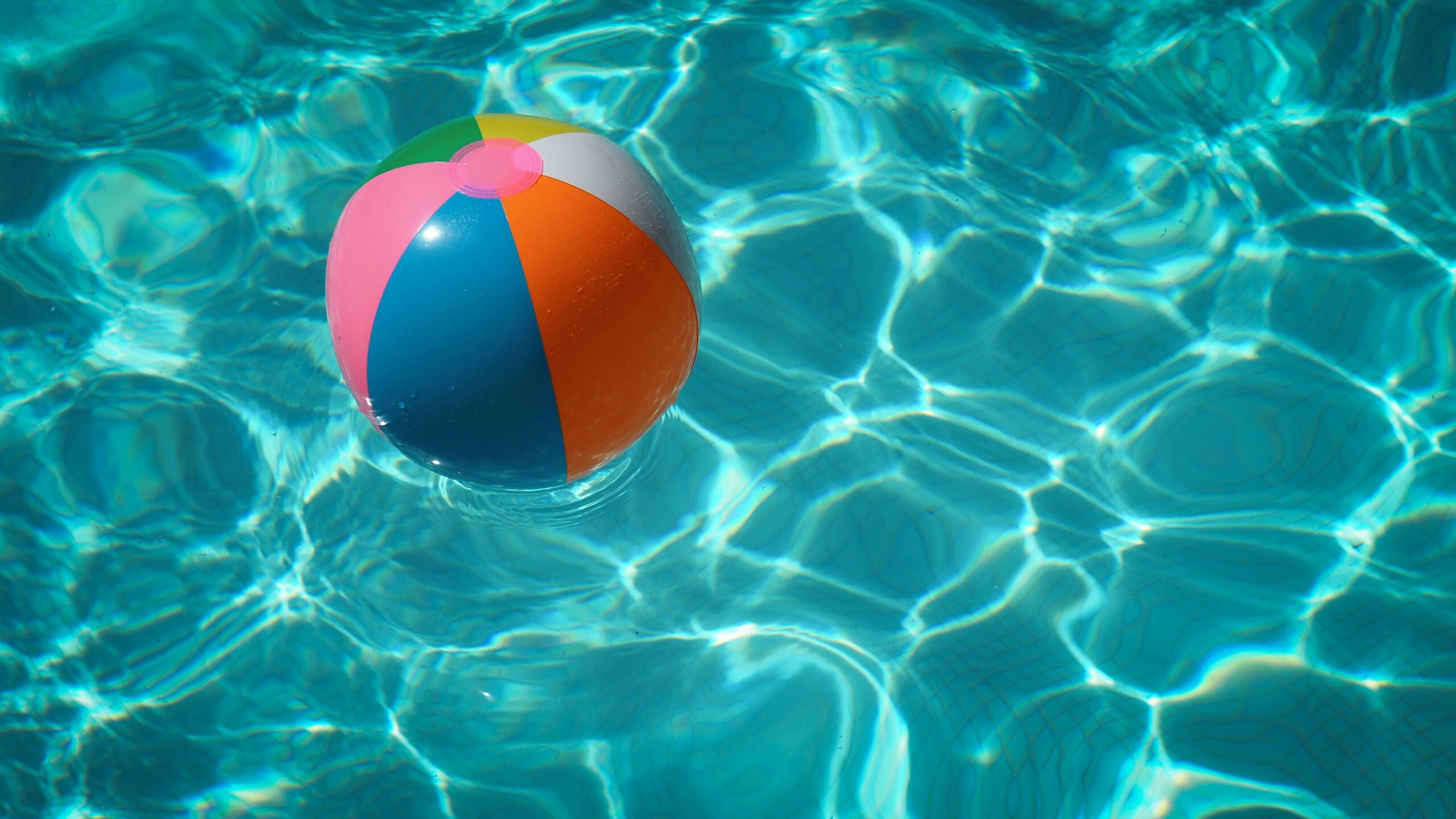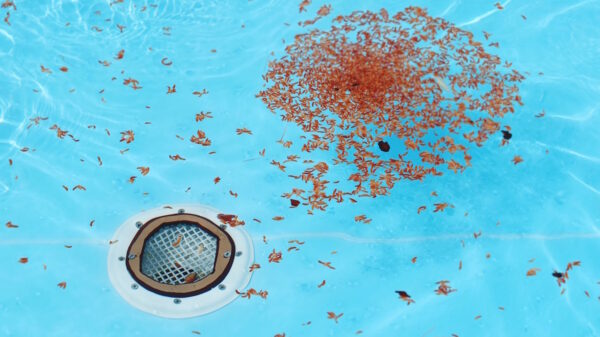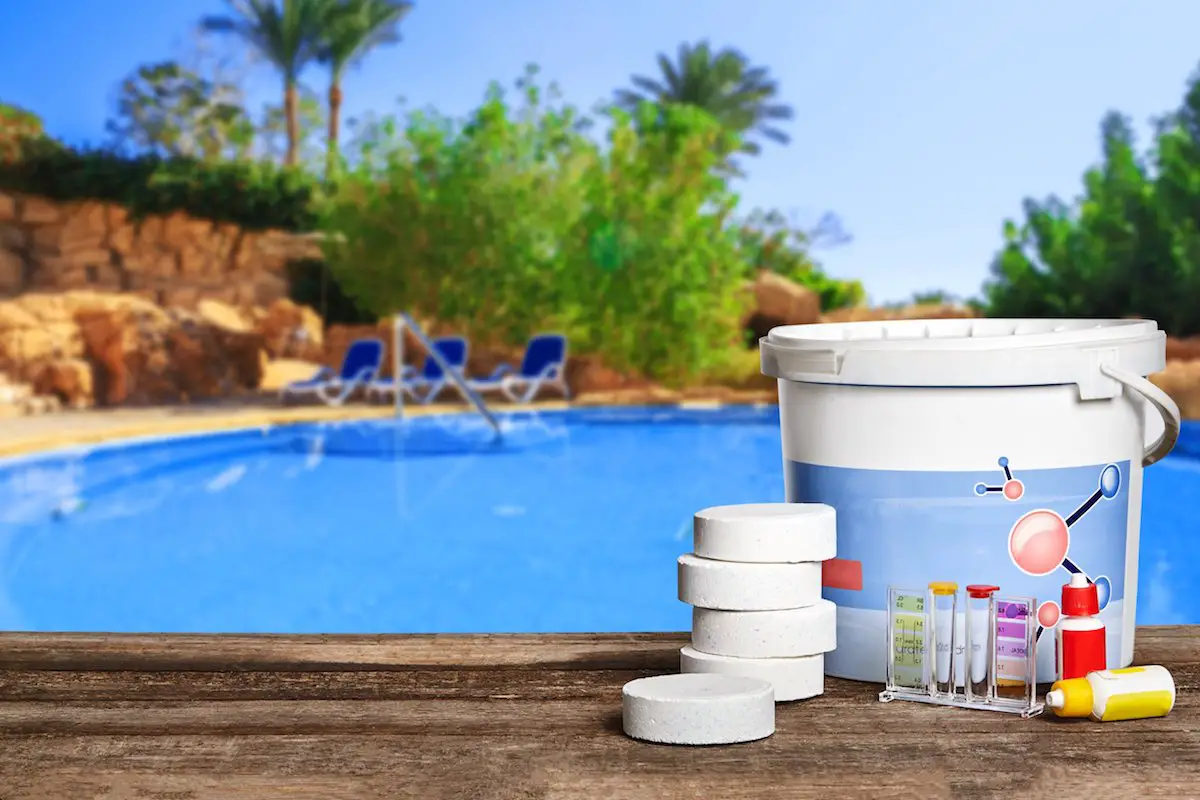The Best Landscape Around Pools
As the warm weather starts to set up camp throughout the country, many people are hanging up their winter clothes and put on their swimsuits in order to lounge by or take a dip in the pool. If you are lucky to have the option, you may be looking at what you can do to have your own personal pool to enjoy, and we are here to help you do just that.
So, what landscape is best around pools? When it comes to choosing the best landscape around a pool, there are several factors to consider, such as the climate and the style of the pool. However, some of the landscaping ideas that are the best around pools include natural, hardscaping, tropical, contemporary, and desert landscaping.
So, now that you have an idea of what the best landscapes around pools are, let’s take a closer look at all of the best landscapes for pools, the most important things to consider when designing a pool area for your house, and more!
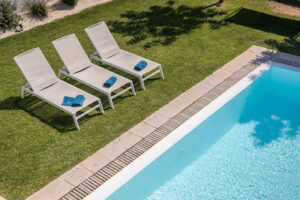
Planning the Landscape Around a Pool
When planning the landscape around a pool, there are several factors to consider. The climate, style of the pool, and surrounding architecture are three of the most important factors to keep in mind.
1. Purpose and Functionality
Before you begin designing your pool area, it’s essential to consider how you plan to use it. Do you want a pool for exercise, relaxation, entertainment, or a combination of all three? The purpose and functionality of your pool will impact the design, size, and features you choose. If you plan to use your pool for exercise, you may want a rectangular shape with a long, straight swim lane. If relaxation is your priority, consider incorporating features such as a hot tub, waterfalls, or a poolside cabana. Entertaining guests may require additional seating, an outdoor kitchen, or a poolside bar.
2. Climate
Additionally, the climate plays a significant role in determining the type of landscape that is best suited around a pool. If you live in a warm climate, tropical plants such as palm trees, hibiscus, and bamboo can thrive, creating an exotic and lush oasis. On the other hand, if you live in a dry and hot climate, using drought-tolerant plants such as cacti and succulents, as well as natural stone or gravel, can help create a desert-themed landscape that is low-maintenance and water-wise.
3. Size and Location
The size and location of your pool will depend on several factors, such as the available space, zoning laws, and your budget. It’s important to consider the size and shape of your lot and how your pool will fit within that space. You’ll also want to ensure that your pool is located in an area that provides sufficient privacy and sun exposure. Additionally, you’ll need to consider the location of your pool in relation to your home and any other outdoor living areas. A pool located too far from your home may be inconvenient, while a pool located too close can create safety concerns.
4. The Design and Style of the Pool and the Surrounding Architecture
The design and style of your pool should complement the architecture and aesthetic of your home and outdoor living areas and create a cohesive look. The shape, color, and materials of your pool should be carefully considered to ensure they blend seamlessly with your existing landscape. You may want to consider features such as waterfalls, lighting, or custom tile work to add a unique and personalized touch to your pool area. Additionally, the decking and landscaping around your pool should be designed to enhance the overall aesthetic of your outdoor space.
5. Safety and Privacy
It’s also important to consider practical factors when selecting a landscape. Safety is a critical concern when planning a pool area, so it’s essential to choose non-slip materials for any walkways or patios around the pool. Also, your pool should be equipped with safety features such as fencing, gates, and pool covers to prevent accidents and comply with local zoning laws.
Privacy is another important consideration, and things such as tall hedges, fences, or screens can help create a private oasis where swimmers can relax and unwind.
6. Maintenance
Additionally, you’ll need to consider the ongoing maintenance and upkeep required for your pool. This includes regular cleaning, chemical balancing, and equipment maintenance. It’s important to factor in the cost and time required for ongoing maintenance when designing your pool area.
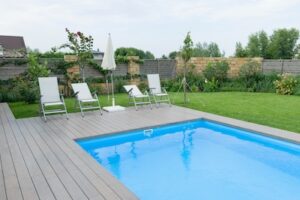
Pay Attention to the Surrounding Landscaping
When designing a pool area, one of the most important considerations is the surrounding landscape. The right landscaping can enhance the beauty and functionality of your pool, while the wrong landscaping can detract from it. Here are the best types of landscaping to look at:
1. Natural Landscaping
Natural landscaping is a popular choice for pool areas because it blends in with the environment and creates a relaxing and peaceful atmosphere. This type of landscaping features a mix of native plants, rocks, and other natural elements that create a seamless transition from the pool area to the surrounding environment. Plants such as ornamental grasses, succulents, and flowering shrubs are ideal for pool landscaping because they are low-maintenance and can handle the heat and humidity of a pool area. Rocks and boulders can be used to create natural-looking waterfalls, while trees can provide shade and privacy.
2. Hardscaping
Hardscaping refers to the use of non-plant elements, such as pavers, stone, concrete, and wood, to create a visually appealing and functional pool area. This type of landscaping is popular because it requires minimal maintenance, is durable, and can be designed to complement any architectural style. Pavers and stone can be used to create a pool deck, while concrete can be used to create a custom pool shape or a pool surround. Wood can be used to create a poolside pergola, a fence, or a privacy screen. Hardscaping is also great for creating defined areas within the pool area, such as an outdoor kitchen or a seating area.
3. Contemporary Landscaping
Contemporary landscaping is a type of landscaping that features symmetrical patterns, clean lines, simple shapes, and a formal layout. This type of landscaping is ideal for pool areas that have a more formal design, such as those found in European-style gardens or high-end resorts and are very popular in urban areas. Contemporary landscaping typically features plants that are manicured and trimmed into geometric shapes and patterns to add interest and texture, such as hedges, topiaries, and boxwoods. Flowers, such as roses, hydrangeas, and lilies, can be used to add color and texture to the landscape. Contemporary landscaping also often includes water features, such as fountains or statues. Also, they use ornamental grasses, bamboo, and other architectural plants to create a striking and contemporary look.
4. Tropical Landscaping
Tropical landscaping is a popular choice for pool areas because it creates a lush, exotic, and relaxing atmosphere. This type of landscaping features plants that are native to tropical climates. Some examples include palm trees, ferns, banana plants, hibiscus, and other tropical plants. You can also add a water feature, such as a waterfall or a fountain, as well as stone statues, to create a relaxing and tranquil atmosphere.
5. Desert Retreat Landscaping
If you live in a hot and dry climate, consider creating a desert-themed landscape around your pool. Use succulents, cacti, and other drought-tolerant plants to create a low-maintenance and water-wise garden. You can also incorporate natural stone or gravel to create a desert-inspired look.
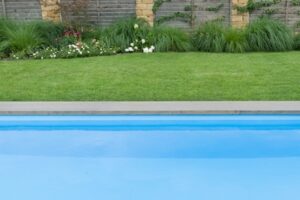
Make It Your Own, Pool Season Is Approaching
There are a number of things you can do to make your pool the summer spot for friends and family. While it takes some planning, you can rest assured that, in the end, you will enjoy the benefits. Ultimately, the best landscape around your pool is the one that reflects your personal style and enhances your outdoor experience. So take your time and choose the elements that speak to you and your lifestyle.

